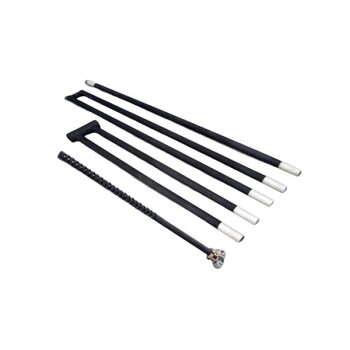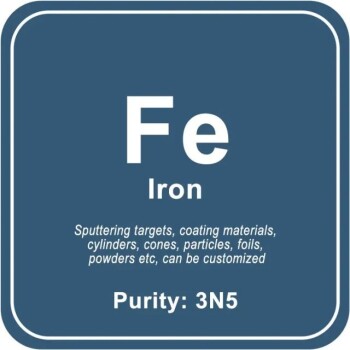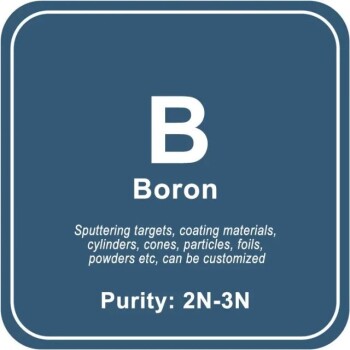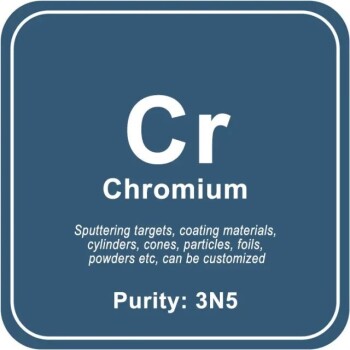To determine if a substance is an element, it is essential to understand the fundamental definition of an element and the various analytical techniques available for identifying elements.
An element is defined as a substance consisting of atoms with the same number of protons, which is a characteristic that distinguishes one element from another.
This understanding is crucial for identifying elements using various analytical instruments in a laboratory setting.
5 Key Techniques to Identify Elements

1. Definition of an Element
An element is a substance made up of atoms with the same number of protons. This atomic number is unique for each element and serves as its identity.
2. Common Element Analyzers in Laboratories
UV-Vis Spectrophotometry: Measures the absorbance of light by a sample.
Atomic Absorption Spectroscopy (AAS): Detects the absorption of light by free atoms in the gas phase.
Atomic Fluorescence Spectroscopy (AFS): Measures the fluorescence emitted by atoms.
Atomic Emission Spectroscopy (AES): Analyzes the light emitted due to electronic transitions in atoms.
Inductively Coupled Plasma Mass Spectrometry (ICP-MS): Provides qualitative and quantitative data on trace elements by ionizing samples in a plasma.
X-ray Fluorescence Spectroscopy (XRF): Determines elemental composition by measuring the fluorescent X-rays emitted by a sample when irradiated with high-energy X-rays.
3. Principles and Applications of Element Analyzers
Each analyzer operates on distinct principles, such as absorption, emission, or fluorescence of electromagnetic radiation, and is suited for specific types of samples and elements.
These techniques are used across various fields including chemistry, materials science, environmental testing, and food testing.
4. Micro-area Composition Analysis
Techniques like Energy Dispersive Spectroscopy (EDS), X-ray Photoelectron Spectroscopy (XPS), and Time-of-Flight Secondary Ion Mass Spectrometry (TOF-SIMS) focus on analyzing the elemental composition in micro-areas of a sample.
These methods are crucial for detailed studies where the focus is on the micro-area structure and composition of materials.
5. Non-destructive Testing and Multi-element Detection
XRF technology, for example, allows for non-destructive testing, preserving the sample's integrity and facilitating analysis without altering the sample.
Multi-element detection capabilities are particularly useful for analyzing complex material systems where multiple elements need to be identified simultaneously.
6. Qualitative and Quantitative Analysis
Qualitative analysis identifies the presence of elements based on specific spectral characteristics.
Quantitative analysis determines the concentration of elements using calibrated methods and standards.
By understanding these key points and utilizing the appropriate analytical techniques, one can accurately determine whether a substance is an element based on its unique atomic characteristics and spectral responses.
This comprehensive approach ensures precise identification and analysis in various scientific and industrial applications.
Continue Exploring, Consult Our Experts
Elevate your lab's precision today! Explore the cutting-edge analytical tools from KINTEK SOLUTION and bring unmatched accuracy to your element analysis.
Ready to transform your results? Let us assist you in selecting the perfect instrument for your needs.
Act now to discover which KINTEK SOLUTION product is the key to your success!




















